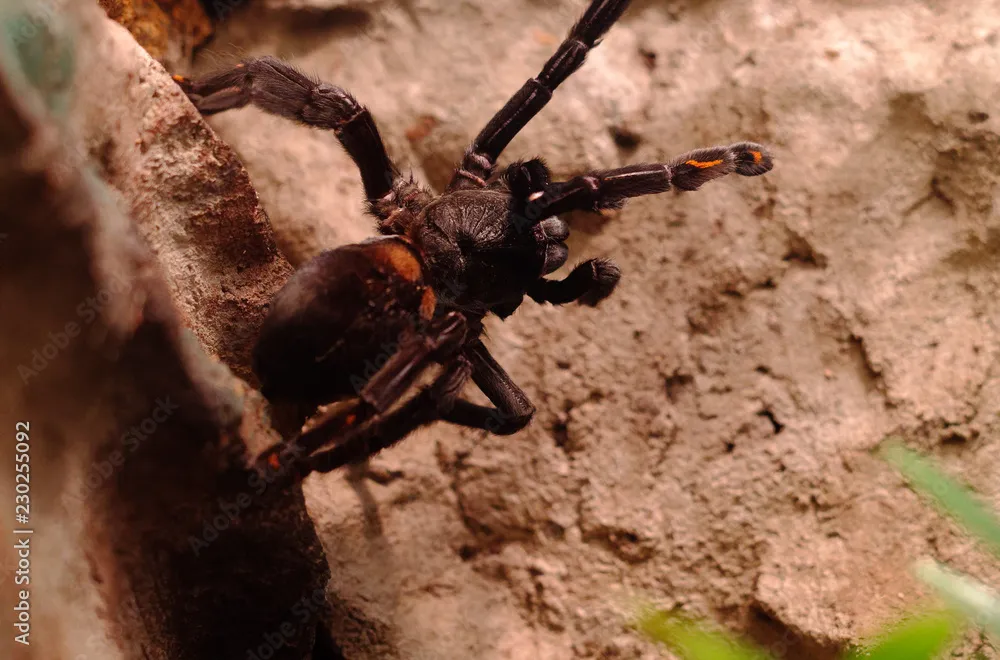Understanding Tarantula Terrarium Temperature
Maintaining the correct tarantula terrarium temperature is crucial for the health and well-being of your eight-legged friend. Tarantulas, being ectothermic creatures, rely on their environment to regulate their body temperature. Unlike mammals, they cannot generate their own heat. Therefore, the temperature of their enclosure directly impacts their metabolism, activity levels, and overall health. Providing the right thermal conditions is not merely about comfort it is fundamental to their survival and proper functioning. This guide will delve into the specifics of tarantula temperature control, helping you create an ideal habitat for your pet.
Why Temperature Matters for Tarantulas
Temperature plays a vital role in several aspects of a tarantula’s life. It significantly influences their activity levels, digestion, and growth. A tarantula’s metabolism speeds up in warmer temperatures, leading to increased activity and appetite. Conversely, cooler temperatures slow down their metabolism, causing them to become less active and eat less. This is particularly important during different stages of their life cycle. Temperature also affects the efficiency with which they digest their food. Proper temperature ensures that tarantulas can properly process their meals, absorbing essential nutrients for healthy growth. Ensuring the right temperature creates a thriving environment for your pet.
Impact of Temperature on Tarantula Health
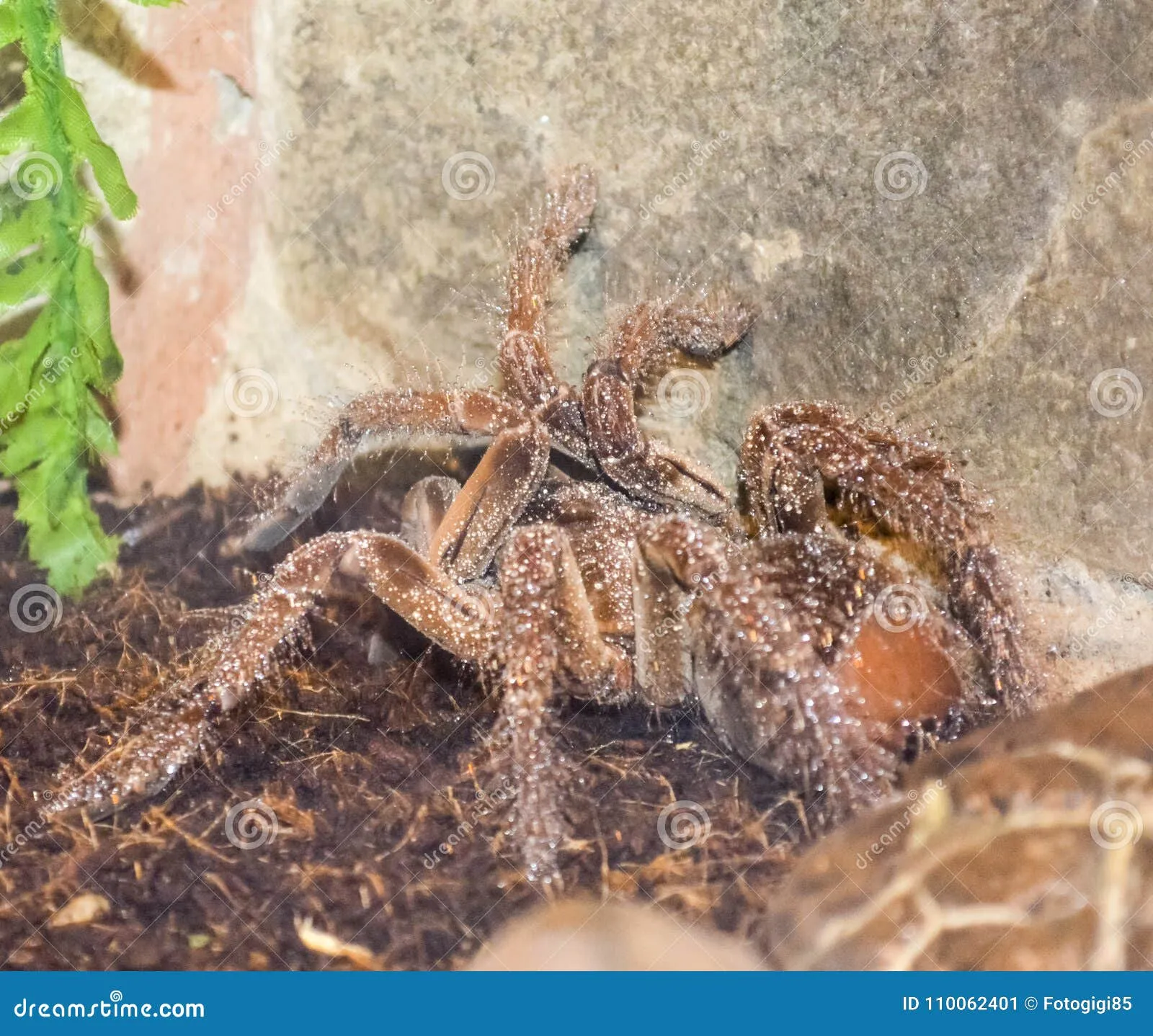
Incorrect temperatures can lead to serious health issues for tarantulas. Both overheating and underheating can be detrimental. Overheating can cause dehydration and potentially fatal heatstroke, leading to lethargy, loss of appetite, and even death. Underheating, on the other hand, can slow down their metabolism to the point where they become sluggish, lose their appetite, and are more susceptible to diseases. The correct temperature range supports a strong immune system, allowing them to fight off infections and parasites. Regular monitoring of temperature is essential to maintain their health and well-being, and to identify any potential problems before they become serious.
Temperature’s Effect on Molting and Growth
Temperature directly influences the molting process, a critical aspect of a tarantula’s growth. Molting is the process where tarantulas shed their exoskeletons to grow. Optimal temperatures facilitate this process by ensuring the tarantula has enough energy and their metabolism functions effectively. Too cold or too hot conditions can make molting difficult, potentially leading to complications. A properly heated enclosure ensures that the tarantula can successfully shed its old exoskeleton and grow into a larger, healthier version of itself. Providing the right temperature range is thus vital for their successful molting and healthy growth.
Optimal Temperature Ranges for Different Tarantula Species
Different tarantula species originate from various geographical locations, so their preferred temperature ranges vary. Understanding the specific needs of your tarantula species is essential for providing the best care. Generally, most tarantulas thrive within a range of 70-85°F (21-29°C). However, some species may require slightly higher or lower temperatures. Researching your specific species is key. Always consult reliable care sheets and resources specific to your tarantula’s species to ensure you are providing the most suitable environment.
Tropical Tarantulas

Tropical tarantulas, native to warm and humid climates, typically prefer temperatures between 75-85°F (24-29°C). These species, often found in rainforests, need a consistently warm environment to thrive. These tarantulas benefit from higher humidity levels to support their natural habitats. These species are often more sensitive to temperature fluctuations and require careful monitoring to ensure their well-being. Regular checks and adjustments are vital to keeping them comfortable.
Temperate Tarantulas
Temperate tarantulas, which come from areas with more distinct seasons, can often tolerate slightly cooler temperatures, ranging from 70-80°F (21-27°C). These species are more accustomed to temperature variations and might do well with slightly lower night temperatures. However, they still need a warm and stable environment. Ensure that the temperature doesn’t fall below their minimum threshold. Monitoring is still crucial, even if they have more tolerance. Understanding species-specific requirements will help ensure the best environment for these types of tarantulas.
Setting Up Your Tarantula’s Terrarium Temperature
Setting up the right temperature in your tarantula’s terrarium involves choosing the right equipment, positioning it correctly, and regularly monitoring conditions. This section covers essential tools and provides actionable steps to maintain an ideal environment. From selecting a reliable thermometer to setting up heating devices, these steps ensure the safety and comfort of your tarantula. By following these guidelines, you can create a thriving and healthy habitat. Careful planning and execution is vital.
Choosing the Right Thermometer and Hygrometer
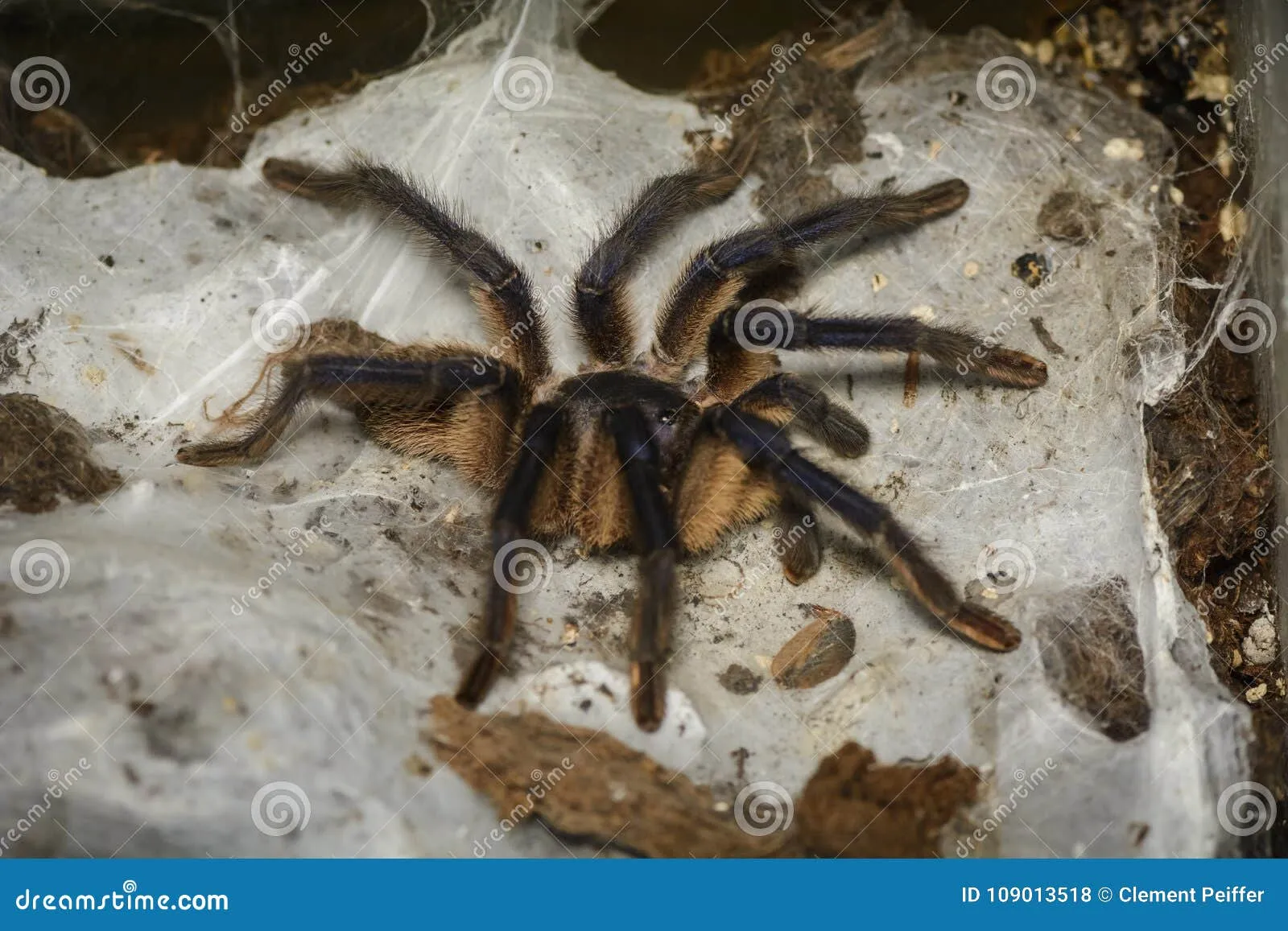
Accurate temperature and humidity measurements are crucial for your tarantula’s well-being. Invest in a reliable thermometer and hygrometer. Digital thermometers and hygrometers are recommended because they provide precise readings and are easier to read than analog ones. Make sure your device is calibrated correctly to ensure accuracy. The use of a combined thermometer/hygrometer helps to simplify the process, providing all-in-one data. Regularly check the batteries and replace them when needed to avoid incorrect readings. This is crucial for getting the right values.
Placement and Calibration
The placement of the thermometer and hygrometer is also very important. Place the devices in the terrarium at the level where your tarantula spends most of its time, usually on the substrate level. Avoid placing the device directly in the path of a heat source, as this can give inaccurate readings. Calibrate your devices regularly by comparing them to a known accurate source. To calibrate, you can use a standard thermometer and compare the readings. Proper placement and calibration will ensure that the readings are accurate. Having accurate readings will ensure a good environment.
Heating Options for Your Tarantula Terrarium
Several heating options are available to maintain the desired temperature in your tarantula’s terrarium. The best choice depends on your specific needs and the requirements of your tarantula species. Some popular options include heat mats, heat lamps, and ceramic heat emitters. Each has its advantages and disadvantages. Understanding the different options is the key to choosing the perfect choice for your situation. Safety is crucial when using any heating device, so proper setup and monitoring are essential.
Heat Mats

Heat mats are a popular choice for tarantula terrariums. They are typically placed under the enclosure, providing gentle, consistent heat. They are relatively safe and easy to use. One of the key advantages of heat mats is their ability to heat the substrate. Always use a thermostat to regulate the temperature and prevent overheating. Use a thermostat for safety. They are suitable for maintaining consistent temperatures, particularly for burrowing species. They are a great option for maintaining an even temperature.
Heat Lamps
Heat lamps, particularly those with red or infrared bulbs, can provide a heat source from above. They can be useful for creating a temperature gradient within the terrarium. This can allow the tarantula to choose its preferred temperature. Heat lamps can increase the overall air temperature within the enclosure, which is great for a tropical species. However, they can also dry out the enclosure if not used carefully. Always use a thermostat to regulate the temperature and prevent overheating and monitor humidity. This option is a good choice, but needs careful management.
Ceramic Heat Emitters
Ceramic heat emitters (CHEs) are another option for providing heat without emitting light. This makes them suitable for maintaining the proper temperature 24/7 without disturbing the tarantula’s day-night cycle. CHEs emit infrared heat, which penetrates the enclosure and keeps the temperature stable. Similar to heat lamps, CHEs should always be used with a thermostat to prevent overheating. These emitters are a good choice if you want to heat the tank without affecting light levels. They are good all-around options, but must be managed.
Maintaining and Monitoring Terrarium Temperature

Maintaining a stable temperature is not a one-time task. It requires regular monitoring and adjustments to ensure the well-being of your tarantula. Consistent monitoring will allow you to quickly respond to changes. These are crucial steps that will guarantee the health of your tarantula. Temperature management is essential for a thriving terrarium environment. Regular checks and prompt adjustments are essential.
Regular Temperature Checks
Check the temperature of your tarantula’s terrarium at least once or twice a day. Keep a record of the temperature readings to identify any fluctuations or patterns. Daily monitoring allows you to catch any issues early. These records can help you understand how the temperature changes throughout the day. Use the data to adjust your heating system accordingly. Making consistent checks and recording your readings will ensure you stay on top of things. Daily checks are a great way to keep your tarantula safe.
Adjusting Heat Sources
Adjust the heat source as needed to maintain the optimal temperature range for your tarantula species. If the temperature is too low, increase the wattage of the heat source, adjust the thermostat setting or add a second heat source. If the temperature is too high, decrease the wattage, lower the thermostat, or move the heat source further away from the enclosure. Always make gradual adjustments to avoid sudden temperature changes, as these can be stressful for your tarantula. These adjustments are part of keeping the temperature correct.
Troubleshooting Temperature Issues
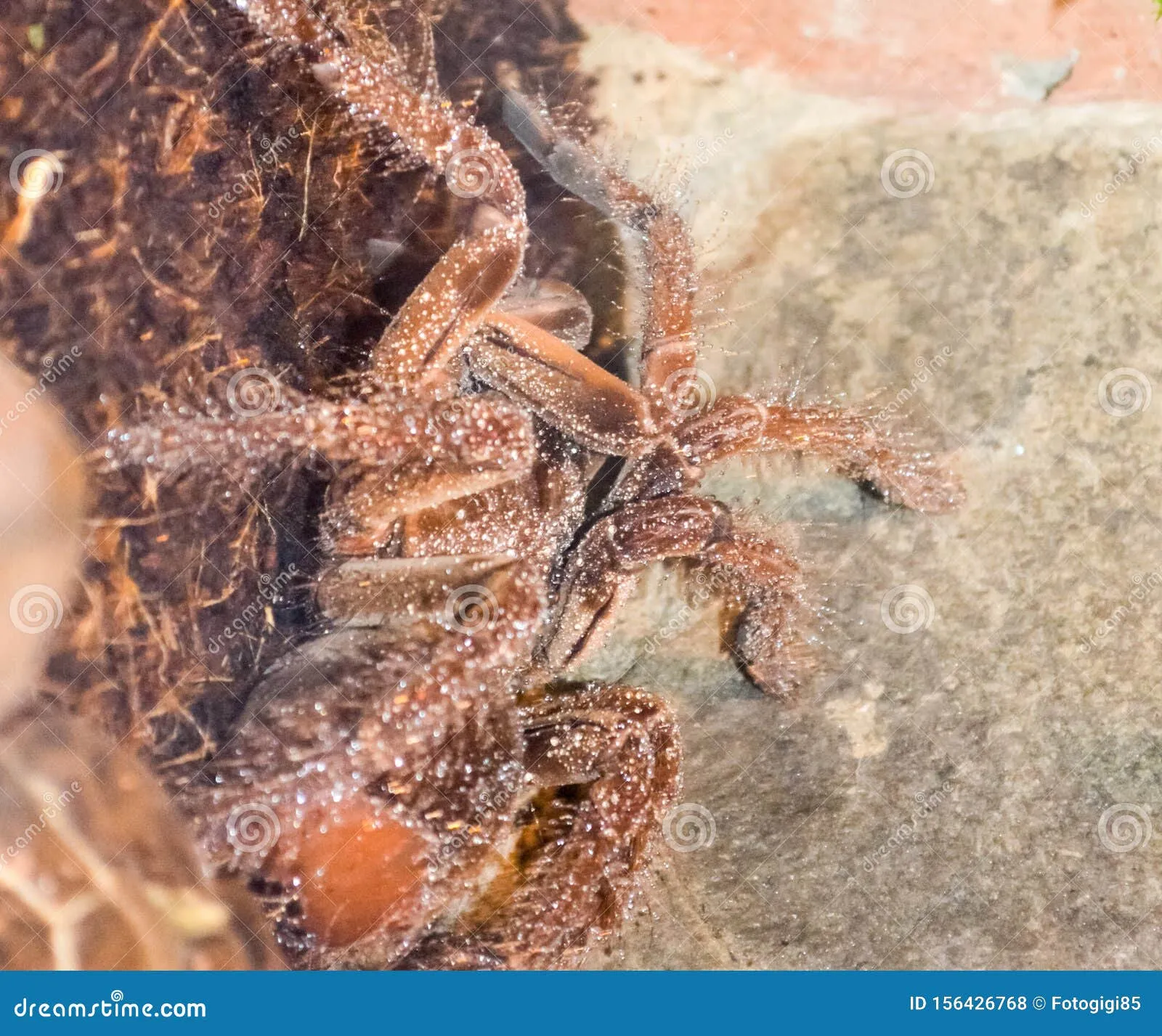
Even with careful monitoring, temperature issues can occur. Addressing these issues quickly is essential. Knowing how to troubleshoot is a key part of tarantula care. Quick action is key to avoiding any negative health impact.
Overheating
If the temperature in the terrarium is too high, turn off the heat source immediately and ventilate the enclosure. Increase the ventilation to dissipate heat. Provide a shallow dish of water to help with hydration. If the overheating is severe, consider moving the tarantula to a cooler, temporary enclosure. Identifying the cause of the overheating is also important so that the problem doesn’t recur. Ensure a safe environment for your tarantula is the goal.
Underheating
If the temperature is too low, ensure your heat source is working correctly and increase its output if necessary. Check the thermostat settings. Improve the insulation around the terrarium if needed. Monitor the tarantula for signs of lethargy or reduced appetite. If the situation is prolonged, a veterinarian might need to be consulted. Correcting the heat issues should be a priority, so act fast.
Humidity and Temperature Relationship
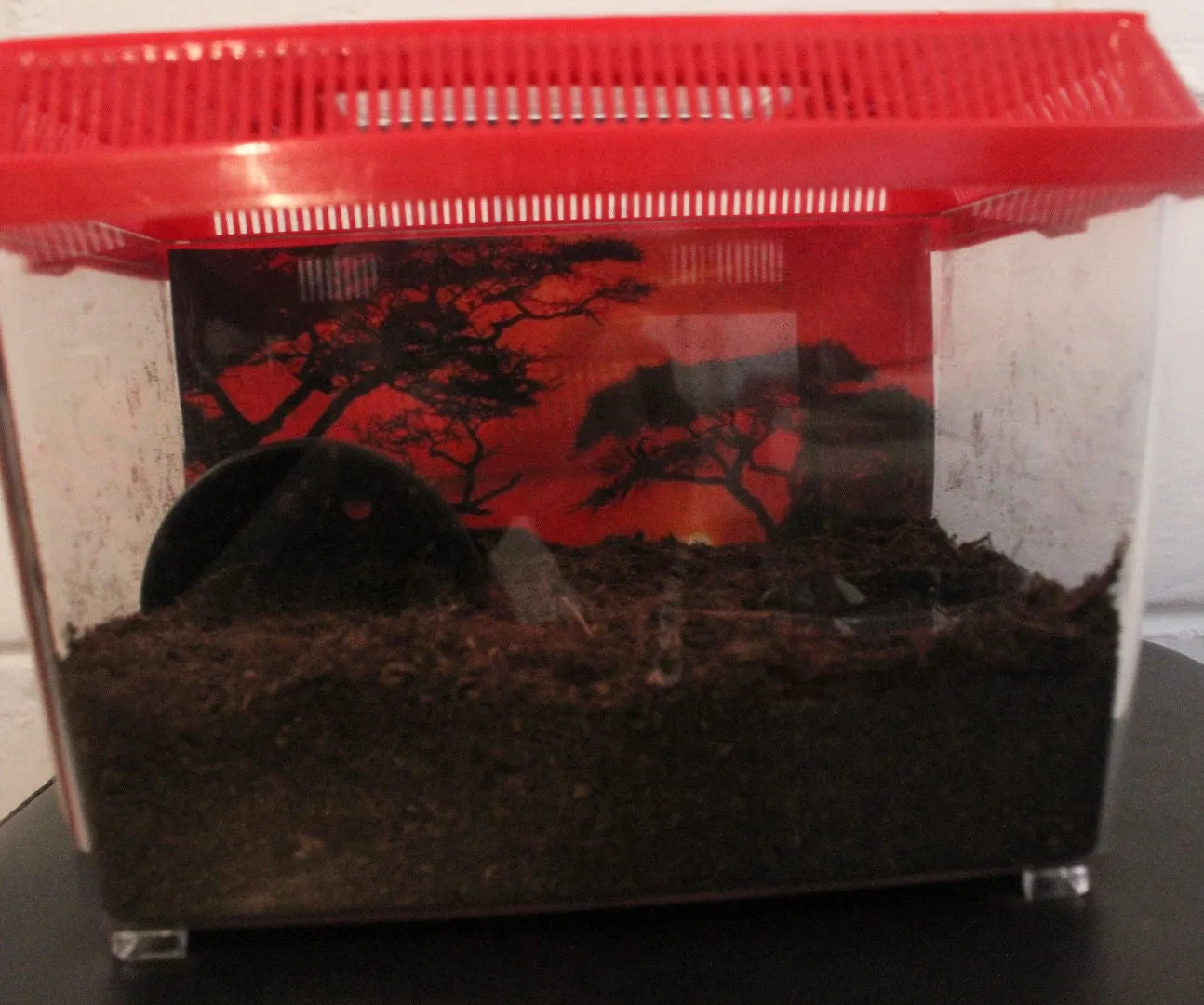
Temperature and humidity are closely related, particularly in a tarantula’s terrarium. Warmer temperatures can reduce humidity levels. The correct combination of temperature and humidity is crucial for your tarantula’s health and well-being. Understanding this relationship is key to providing the correct care for your pet. Proper temperature and humidity management will result in a healthy and happy tarantula. Keep both values correct to support your pet’s needs.
